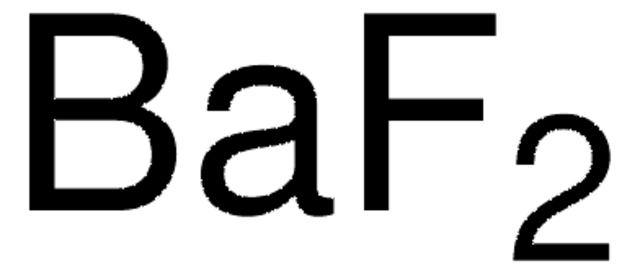202851
Boric anhydride
99.999% trace metals basis
Sinónimos:
Boron trioxide
About This Item
Productos recomendados
densidad de vapor
>1 (vs air)
Ensayo
99.999% trace metals basis
Formulario
crystals or chunks
idoneidad de la reacción
reagent type: catalyst
core: boron
mp
450 °C (lit.)
solubilidad
ethanol: soluble at 20 °C
densidad
2.46 g/mL at 25 °C (lit.)
cadena SMILES
O=BOB=O
InChI
1S/B2O3/c3-1-5-2-4
Clave InChI
JKWMSGQKBLHBQQ-UHFFFAOYSA-N
¿Está buscando productos similares? Visita Guía de comparación de productos
Descripción general
Aplicación
Envase
Palabra de señalización
Danger
Frases de peligro
Consejos de prudencia
Clasificaciones de peligro
Repr. 1B
Código de clase de almacenamiento
6.1D - Non-combustible acute toxic Cat.3 / toxic hazardous materials or hazardous materials causing chronic effects
Clase de riesgo para el agua (WGK)
WGK 1
Punto de inflamabilidad (°F)
Not applicable
Punto de inflamabilidad (°C)
Not applicable
Equipo de protección personal
dust mask type N95 (US), Eyeshields, Gloves
Elija entre una de las versiones más recientes:
¿Ya tiene este producto?
Encuentre la documentación para los productos que ha comprado recientemente en la Biblioteca de documentos.
Los clientes también vieron
Nuestro equipo de científicos tiene experiencia en todas las áreas de investigación: Ciencias de la vida, Ciencia de los materiales, Síntesis química, Cromatografía, Analítica y muchas otras.
Póngase en contacto con el Servicio técnico













